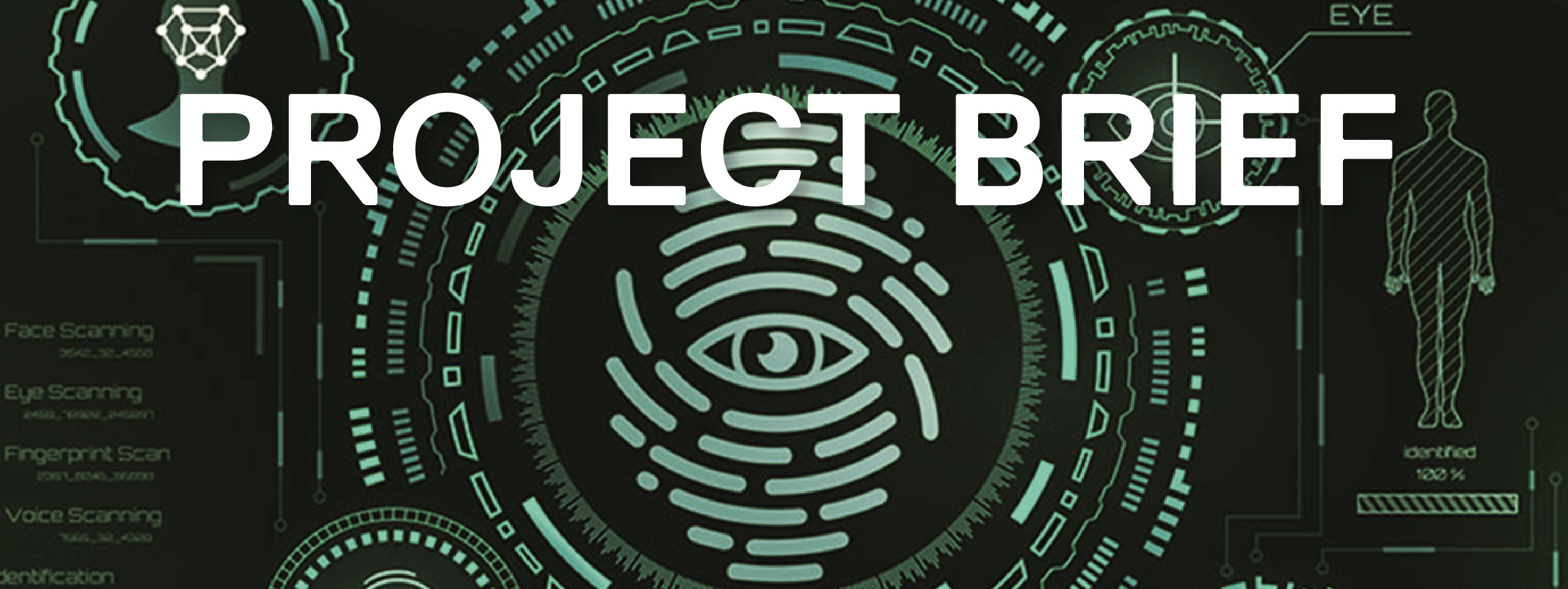AN EYE FOR AN ‘I’: A critical assessment of artificial intelligence tools in migration and asylum governance


This project set out to critically assess how advanced digital technologies (artificial intelligence (AI) are used in migration and asylum management around the world. The project looked at current usage and how well principles of transparency, privacy, protection and human rights in the use of AI were being met in the facilitation of migration and asylum governance.

- How are states and international organizations using AI to deliver services and programs to migrants?
- What opportunities or risks do AI tools present for migrants and asylum seekers?
- What standards need to be achieved regarding transparency, privacy, protection and human rights for AI to be considered effective in governing migration and asylum?

While AI tools have transcended many sectors, their benefits and risks remain unique to the context within which they are deployed. Recently, states have turned to AI tools to assist in migration and asylum governance – AI tools are used to support information gathering and processing, data analysis and thus support decision making or implementation of specific migration or asylum policies and programs. Reports have emerged on the dangers of introducing these technologies to the migration sector, particularly when they are intended to facilitate migration control or asylum processing.
This project aimed to bring clarity and transparency to what, and how, innovative technologies are being used in the migration sector. In particular, it took a novel approach in seeking to not only critically assess the current use of AI tools in migration management, but also to contemplate what needs to be true for these technologies to positively contribute to governance for both the state and the migrant.

The project took an exploratory approach to develop an understanding of the technology used in each AI tool assessed and what safeguards, if any, are in place to mitigate against risk. Through desk research we looked at examples such as the use of advanced digital technology by the United Nations High Commissioner for Refugees in Jordanian refugee camps; by the government of New Zealand to process visa applications; and by the United States to track undocumented migrants. In some of these cases our methodology included qualitative interviews with experts and policy makers in the field.

The following are research outputs resulting from the project:
Nalbandian, L. & Dreher, N. (2022). (PDF file) Advanced digital technologies in migration management: A review of emerging literature (opens in new window) , Working Paper.
Nalbandian, L., Dreher, N., & Nalbandian, A. (2022) Migration Tech Tracker (opens in new window) . Interactive Map.
Nalbandian, L. (2022) Increasing the accountability of automated decision-making systems: An assessment of the automated decision-making system introduced in Canada's temporary resident visa immigration stream (external link, opens in new window) . Journal of Responsible Technology. 10(1), 1-12
Nalbandian, L. (2022) An eye for an ‘I:’ a critical assessment of artificial intelligence tools in migration and asylum management (external link, opens in new window) . Comparative Migration Studies 10(1), 1-23.
Nalbandian, L. (2021) (PDF file) Using machine-learning to triage Canada’s temporary resident visa applications (opens in new window) . Working Paper.

Summer 2022

CERC Migration

artificial intelligence (AI), migration management, human rights, immigration
